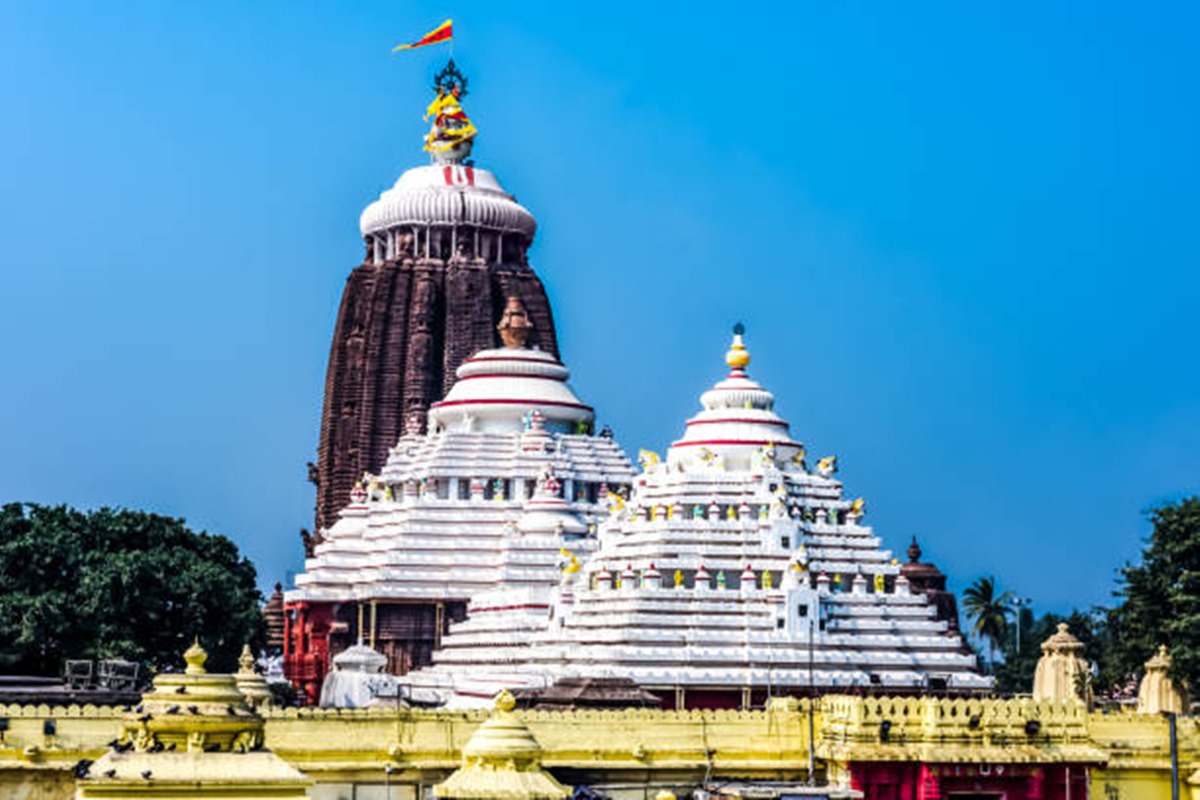Starting January 1, the Jagannath Temple will implement a strict dress code for devotees. The decision to enforce this dress code stems from the belief that the temple is a sacred place of worship and not a venue for entertainment.
“The temple is the abode of God, not a place for entertainment,” emphasized the Shree Jagannath Temple Administration (SJTA) chief. Devotees visiting the Jagannath Temple are expected to adhere to traditional clothing standards. This means refraining from wearing items like shorts, ripped jeans, or skirts.
Advertisement
Ranjan Kumar Das, the chief administrator of SJTA, highlighted that there are similar dress codes at various shrines across the country. The move to establish this dress code for devotees follows the implementation of a dress code for temple servitors that took effect on October 20, 2021. According to this code, all servitors will have to to don dhotis, towels, and pattas while performing religious ceremonies.
Dress codes in shrines, including Jagannath Temple:
This practice is not unique to the Jagannath Temple. Many temples and shrines across India have embraced dress codes to maintain the sanctity of their sacred spaces. For instance, the famous Padmanabhaswamy Temple in Trivandrum, Kerala, enforces a similar rule.
In Maharashtra, the Maharashtra Mandir Mahasangh has proposed a ‘vastra sanhita’ or dress code for temples. Over 100 temples and shrines in the state have already adopted this code, which prohibits devotees from wearing clothing deemed ‘indecent.’
In recent developments, a Jain temple in Himachal Pradesh’s Shimla barred entry to devotees dressed in ‘indecent’ attire. This decision follows the footsteps of several Hindu temples that had previously established dress codes.
There are similar practices in Hindu temples across various states, including Karnataka, Maharashtra, Madhya Pradesh, and Uttarakhand. These temples have displayed posters indicating their dress codes, emphasizing the importance of appropriate attire for all visitors.











